- Home
- External Insulation
Exterior wall insulation.
Is it Right for You?
Exterior wall insulation (also referred to as external insulation) is a great way of insulating your home if you have solid walls, but as with most things in life there are disadvantages as well as advantages!
Government studies would suggest that there are 7.8 million homes in the UK that have solid walls and that obviously makes it more difficult to insulate the walls of these homes, as there’s no cavity into which you could add blow in insulation.
However, while it does make things a little more difficult and expensive, it doesn’t mean it can’t be done.
You still have two options when it comes to insulating your solid walls:
- Internal wall insulation - As the name suggests this form of insulation is applied to the inner surface of the main exterior walls of your home. It's typically cheaper to install than exterior wall insulation but it also has its shortcomings.
- Exterior wall insulation – which is what we're here to talk about, so keep reading.
Why you might want exterior wall insulation?
The main reasons for going down the exterior wall insulation route are as follows:
- The walls of your home don’t have a cavity to insulate
– In older homes this is common and means if you want to insulate your
walls you’re restricted to either insulating internally or externally.
- You don’t want to lose floor space by insulating internally
– If you were to insulate internally you’d have to apply the insulation
to the inner face of the main external walls (typically by building a
timber frame and installing rigid foam insulation followed by a vapour
barrier and finishing it with plasterboard).
This means you’d typically lose 100-150mm of floor space (depending on the type of insulation and the u-value you want to achieve). Then if the room has two or more external walls you’ll lose that space on two or more walls.
This might not be a major concern if you have large rooms but if your house has quite small rooms it can make a big difference. - You want to minimise cold bridging
- Cold bridging is where cold is transferred right through the solid
walls of your home from the outside to the inside. Masonry is a good
conductor of heat so the cold passes through the wall quickly.
Cavities were introduced to minimise this as the cold struggles to get across the cavity as air and insulation are poorer conductors of heat than masonry.
However even in cavity properties cold bridges can exist. For example at window heads and sills cold bridges can occur as these “bridge” the cavity allowing the cold to get across to the inner wall.
External insulation minimises the occurrence of cold bridging as it wraps the house in one large sheet of insulation separating the cold air from the masonry walls and thus minimising any cold bridges (a bit like putting a coat on your house).
Whereas internal insulation still allows some cold bridges to remain at wall junctions etc. as can be seen in the following diagrams.
- You want to use the thermal mass of the main walls to your advantage (almost like as a type of storage heater)
– But, this one isn't as clear cut as you might have initially thought.
If you were to insulate your main walls internally, any heat within the walls (from the sun heating them) wouldn't enter the property as the internal insulation would stop it getting through.
On the other hand, if you install external insulation, you'll stop the sun being able to heat the walls in the first place. BUT, your heating system would gradually heat the walls from the inside. Then after your heating turns off, the walls slowly give out that stored heat and because there is insulation on the outside of the wall the majority of the heat is redirected back into the house. See diagram below.
- You want to refresh/renew the exterior of your property and increase its thermal efficiency at the same time
– Due to the method of installing exterior wall insulation, it means
that you'll end up with a fresh newly rendered or brick slip finish
which will make your home look brand new again.
When adding exterior wall insulation the insulation is (typically) chemically and mechanically bonded to the existing surface of your walls (assuming they are in good condition). Then they’re usually finished in an acrylic or rendered finish.
These finishes can have colour pigments mixed in meaning you won’t need to paint the exterior. This alone can save you a lot of money in redecorating costs over future years.
Advantages of exterior wall insulation:
The advantages of exterior wall insulation are fairly well detailed above so I’ll just list them again here:
- Avoids cold bridging.
- Won’t cause you to lose valuable floor space internally.
- Significantly reduces or eliminates cold bridging.
- Let’s the thermal mass of the walls work as a heat sync.
- Means your home will look new again from the outside.
- Can reduce future external redecoration costs.
- Increases the thermal efficiency of your home dramatically.
Disadvantages of exterior wall insulation:
- External insulation is expensive, (typically twice the price of internal insulation). Although internal insulation will involve extra costs such as
relocating radiator pipes away from the walls, replacing flooring,
relocating fireplaces out from
walls and redecorating etc.
- Anything attached to the outside face of your walls will need to be moved away from the wall by the depth of the insulation. These items will include downpipes, soil vent pipes and gas meters etc. Not moving these items will leave cold bridges and potentially cause mould issues in these areas.
- Depending on the overhang of your roof, you may need to extend the roof structure of your home to ensure it projects beyond the external insulation. If you do have to do this it will also mean relocating eaves joinery and gutters etc.
- If you live in a terraced or semi-detached property you will have a step in the external wall finish where your property ends and your neighbours begins. This could also result in cold bridging at the party wall, (see the image below).
- As with the point above - if your property has one or more gable walls the roof detail will need to be altered to ensure water cannot get down between the insulation and the masonry wall.
- You cannot attach external insulation to a wall that is in poor condition or unsound. So you will have to stabilise any defective surfaces etc before adding exterior insulation.
- You should also consider if you have a single storey bay or porch etc on a two storey property as the roofing detail will be difficult and likely cause cold bridging issues.
Is Exterior Wall Insulation Right For You?
There are several things to consider when deciding if exterior wall insulation is right for you, namely.
- Is maintaining internal floor area a priority?
- Can you afford it? Make sure you consider all the things that you will need to relocate or extend (as detailed above) before making your final decision.
- Would it be beneficial to update the exterior of your home and reduce future redecoration costs? Or alternatively are you about to redecorate internally, in which case insulating internally might be right for you.
My opinion is that exterior wall insulation has more plus points than minus points when compared with internal insulation. But ultimately it'll be you who has to make your own decision now that you have all the advantages and disadvantages of external insulation.
Another thing to consider, if you're still on the fence is, if the interior finish of your home is good and you weren’t planning on redecorating, the additional costs that need to be added to the cost of insulating internally could well push the cost of internal insulation quite close to the cost of external insulation.
Finally, If cost is the only thing stopping you, have a word with your installers and they should be able to tell you if there’s any grant assistance available in your area.
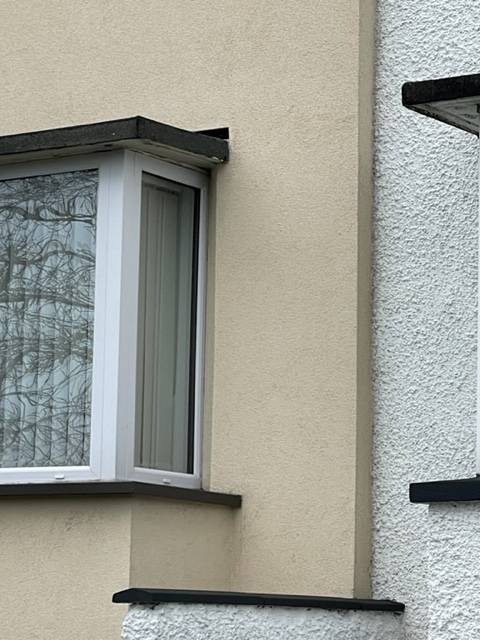
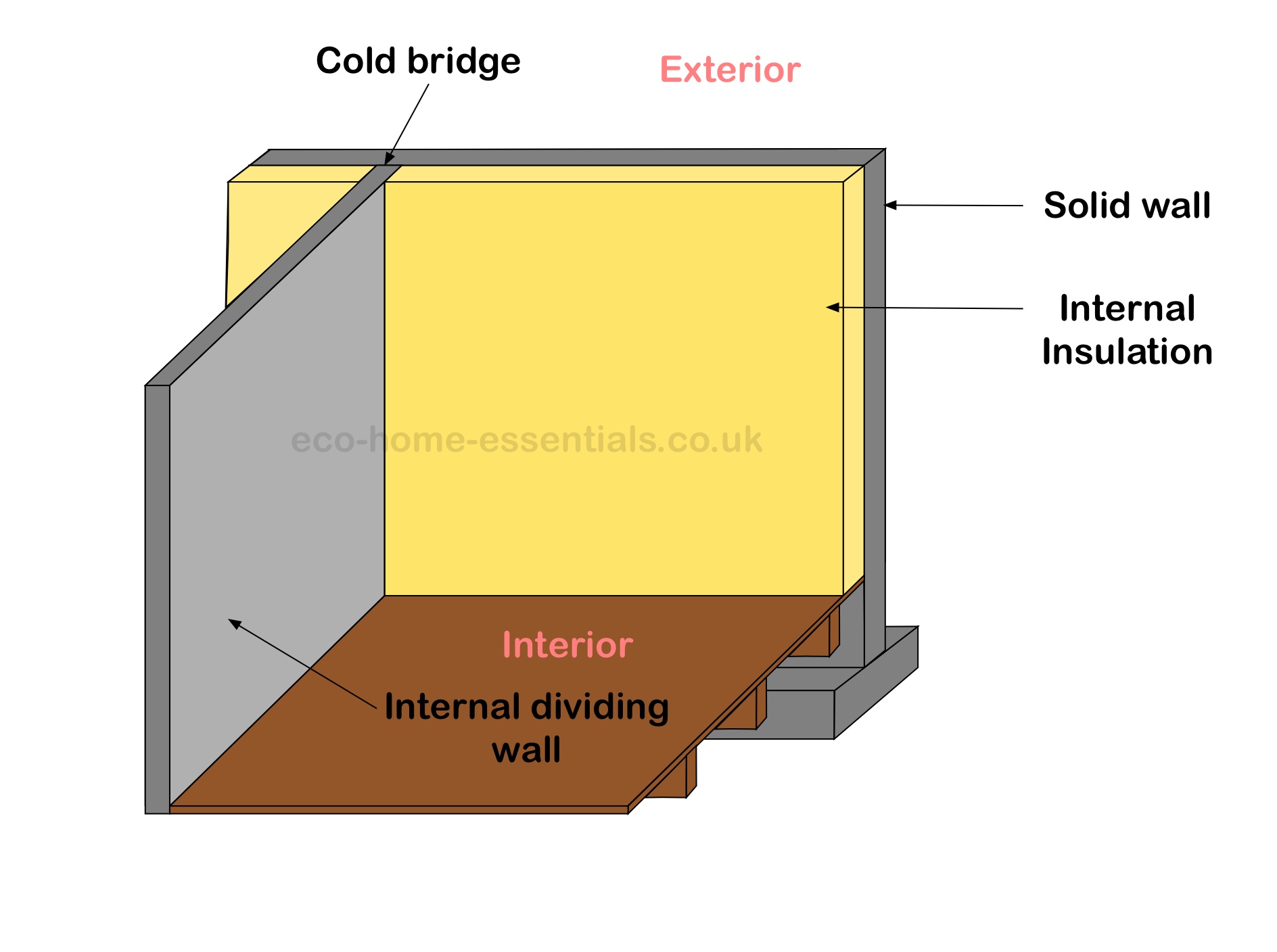
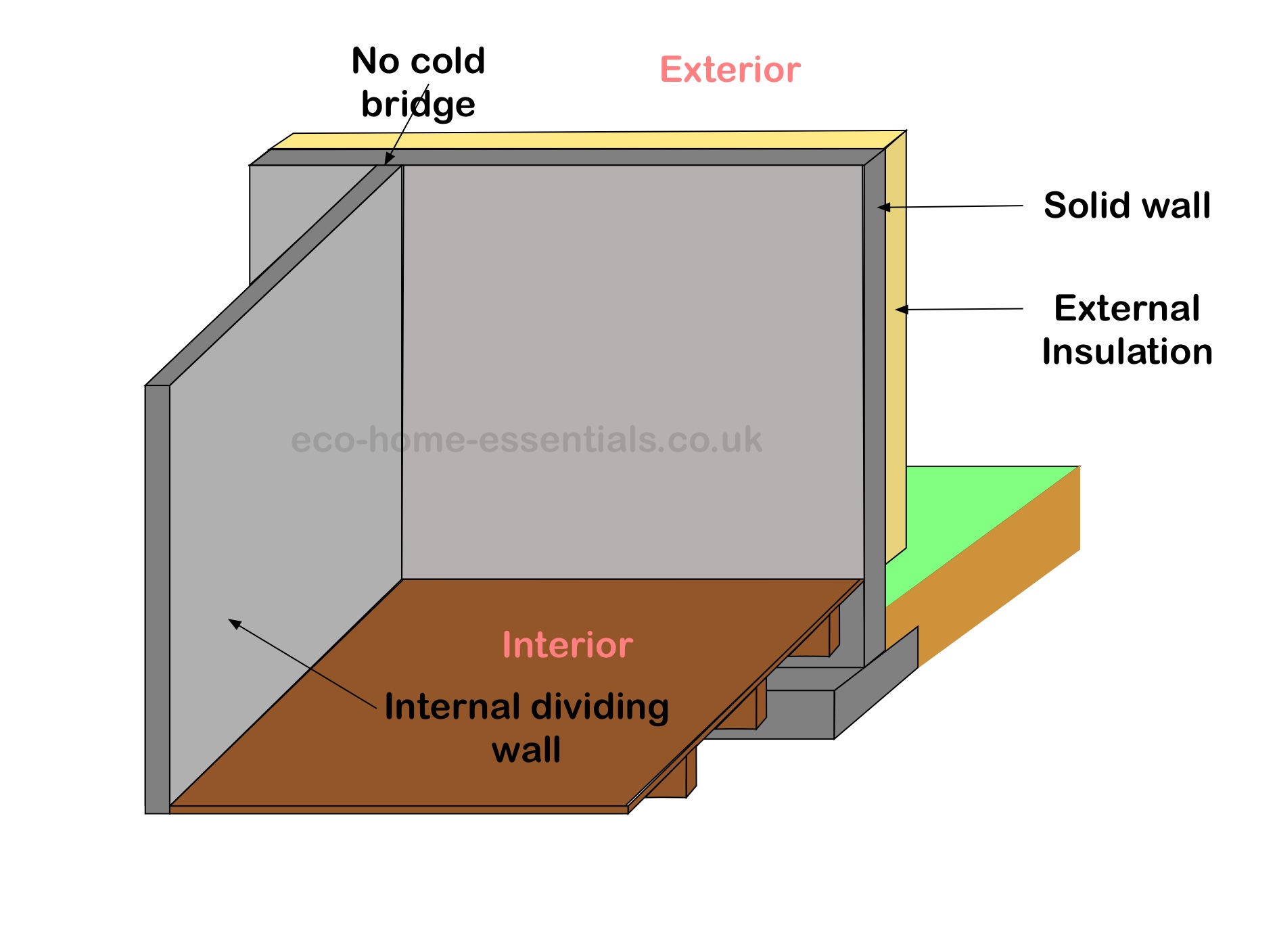
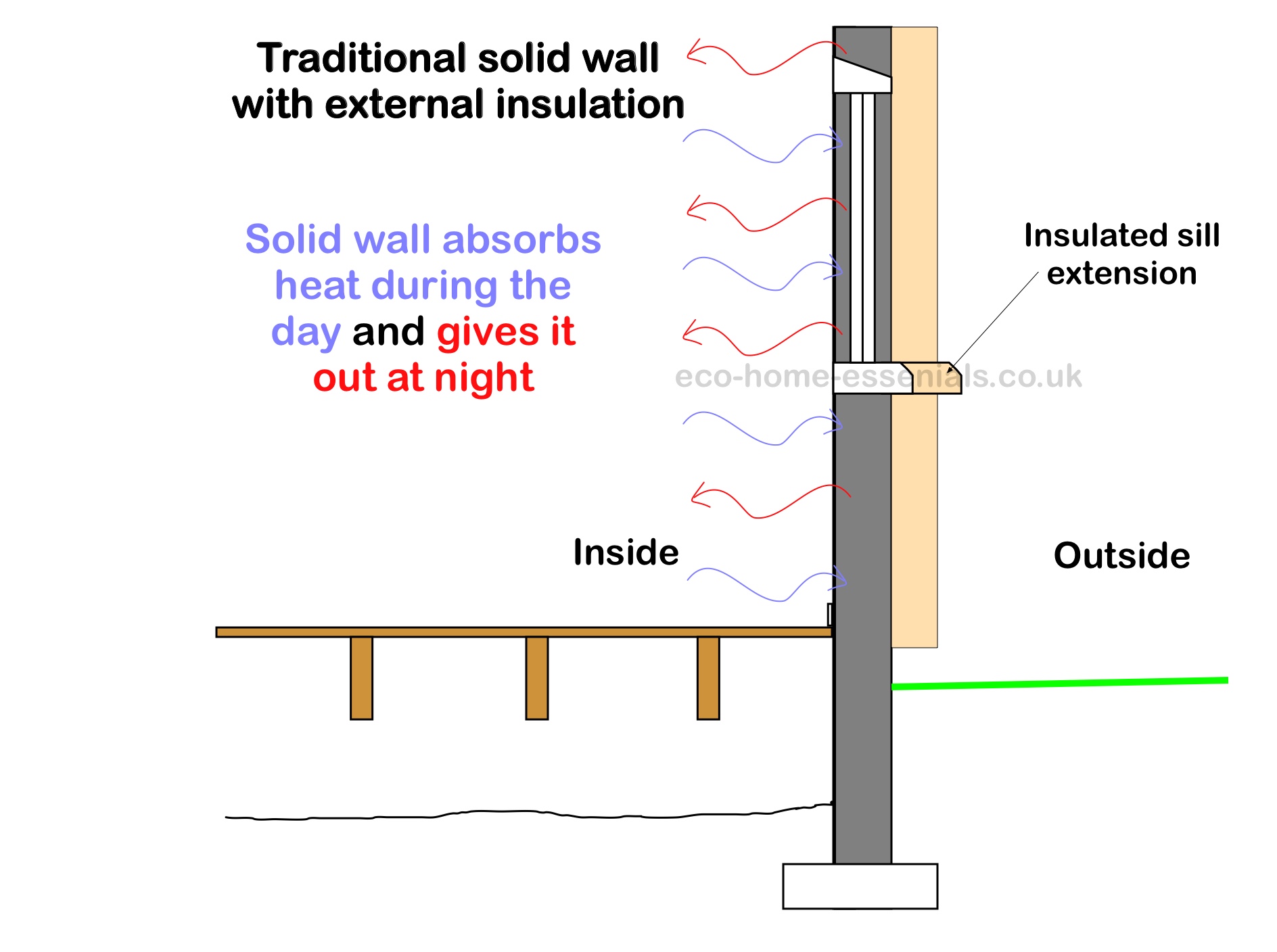
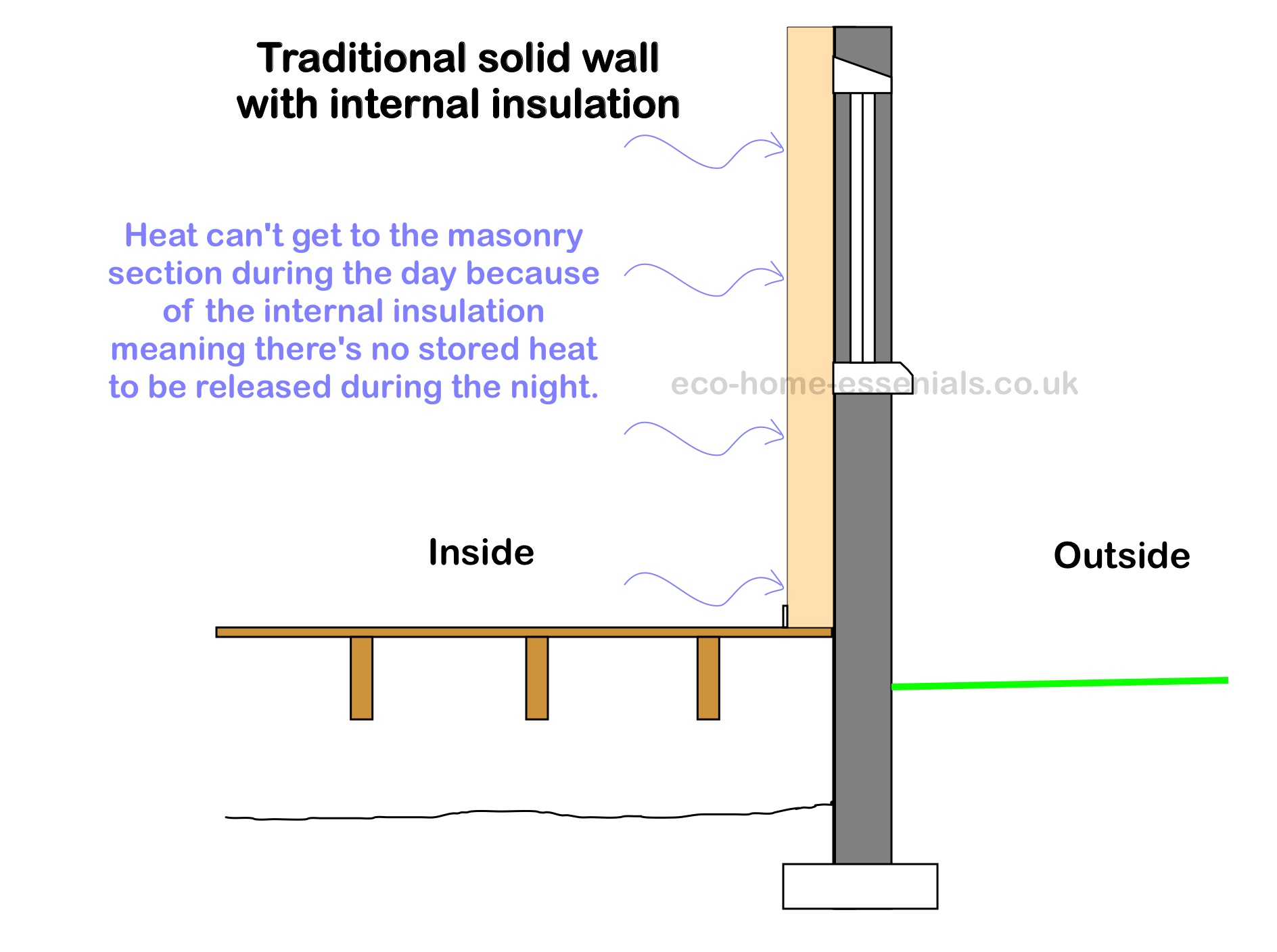
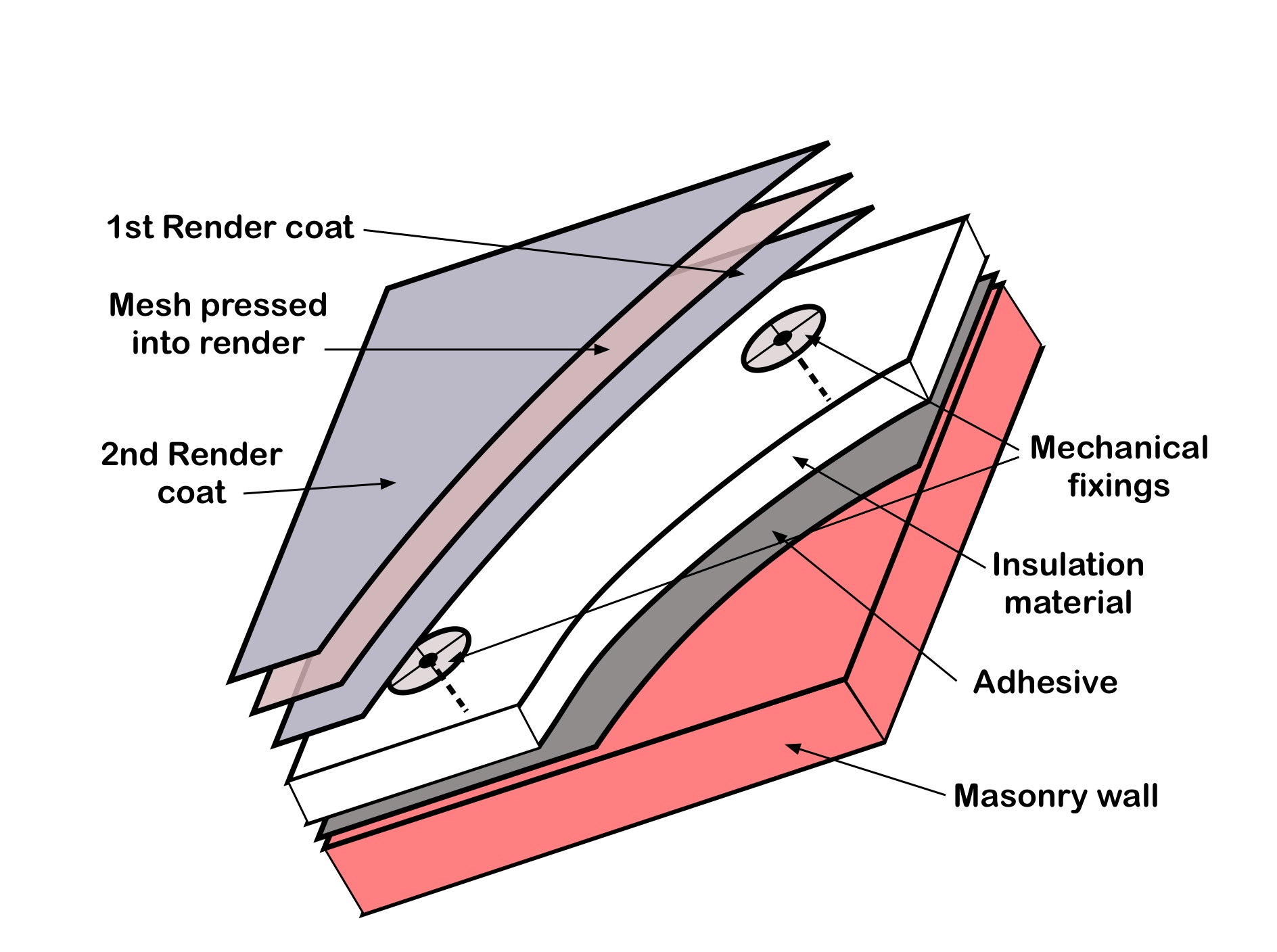
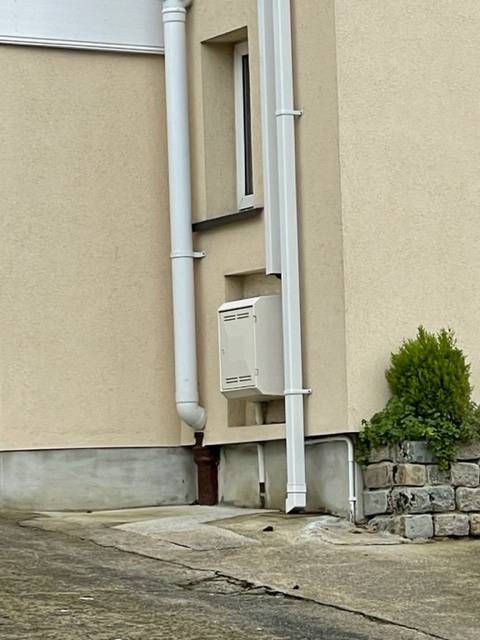
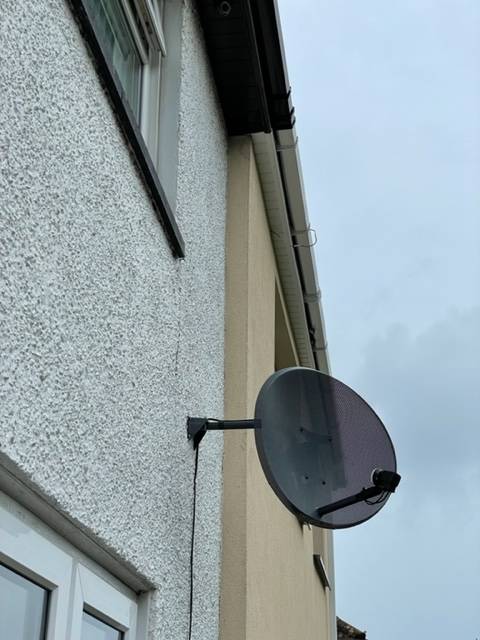
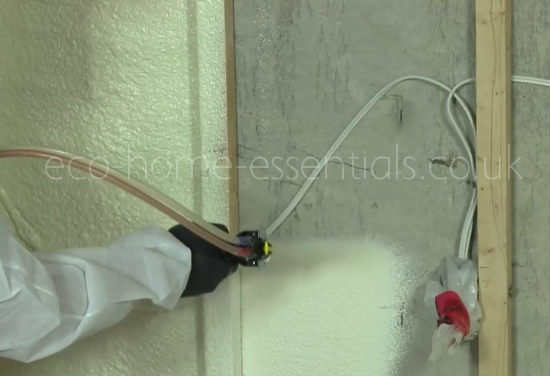
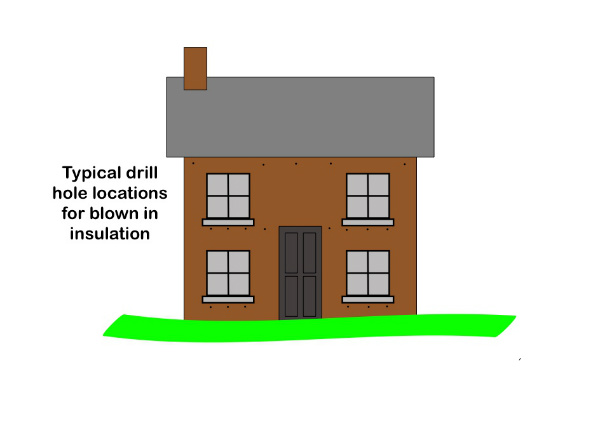

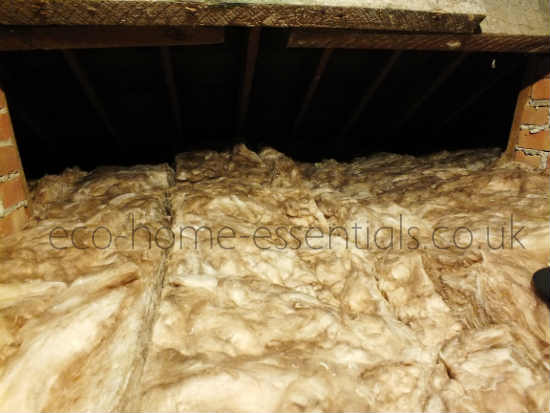
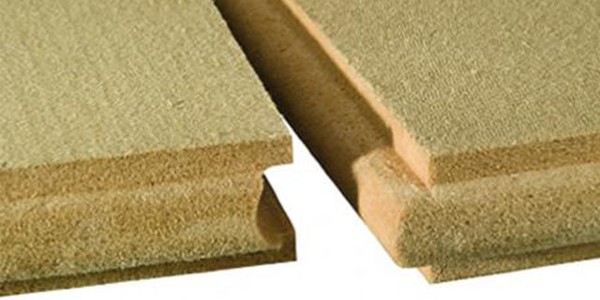
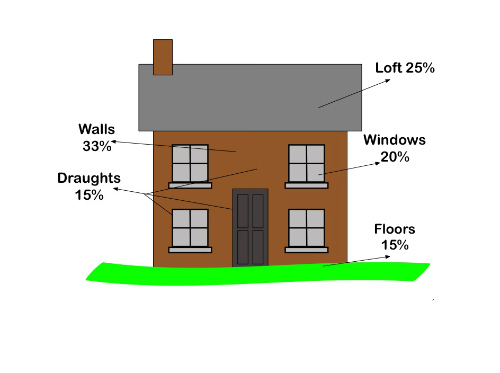
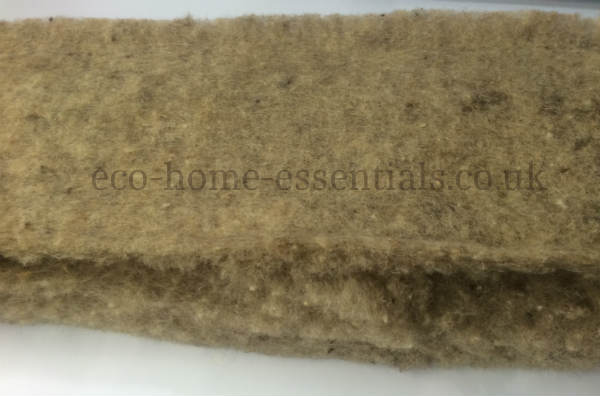
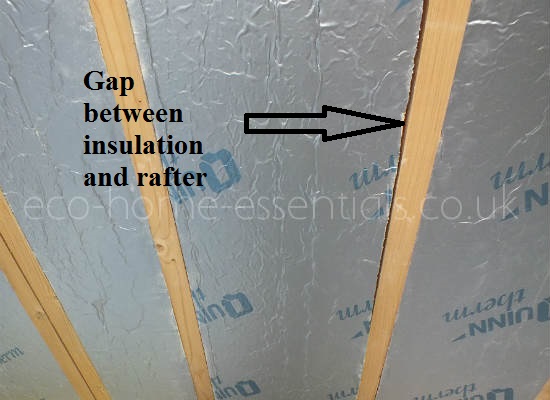
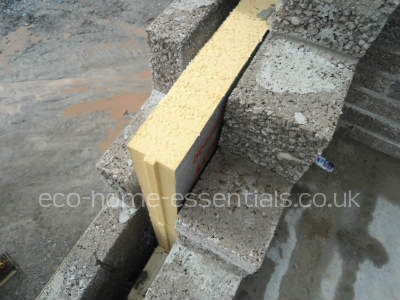
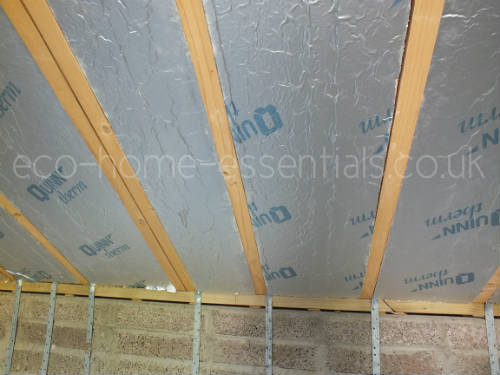
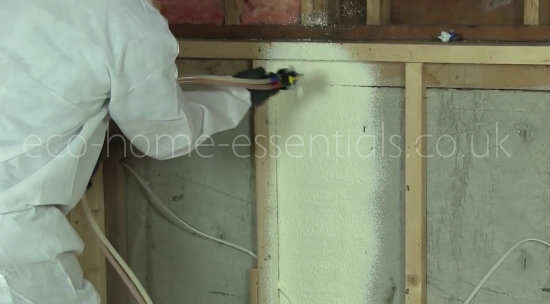
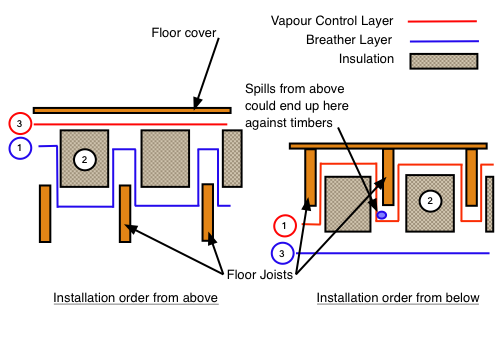
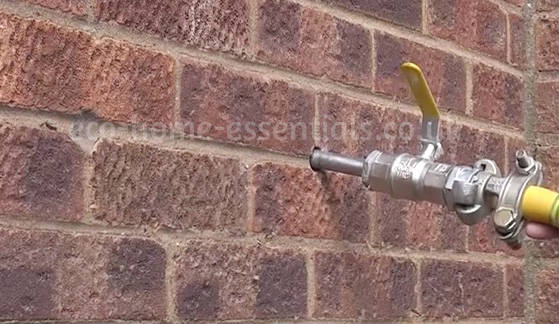
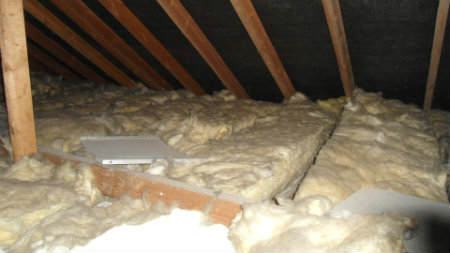
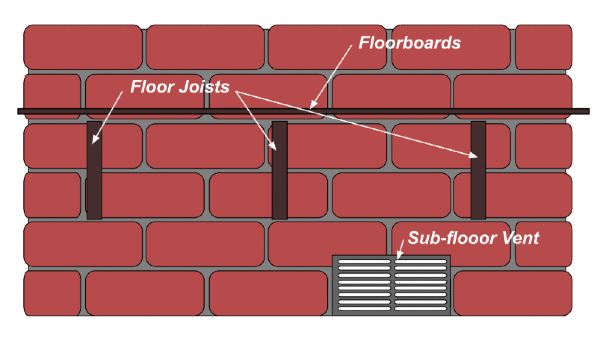
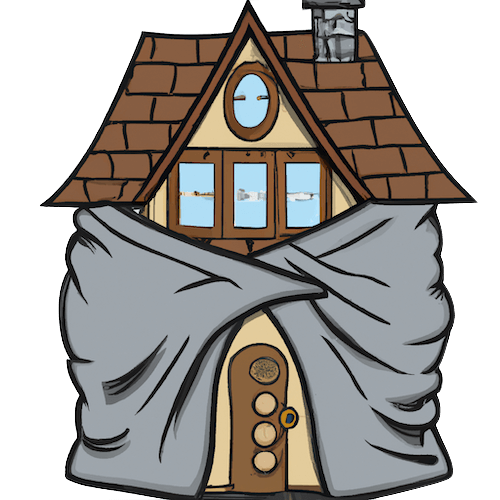
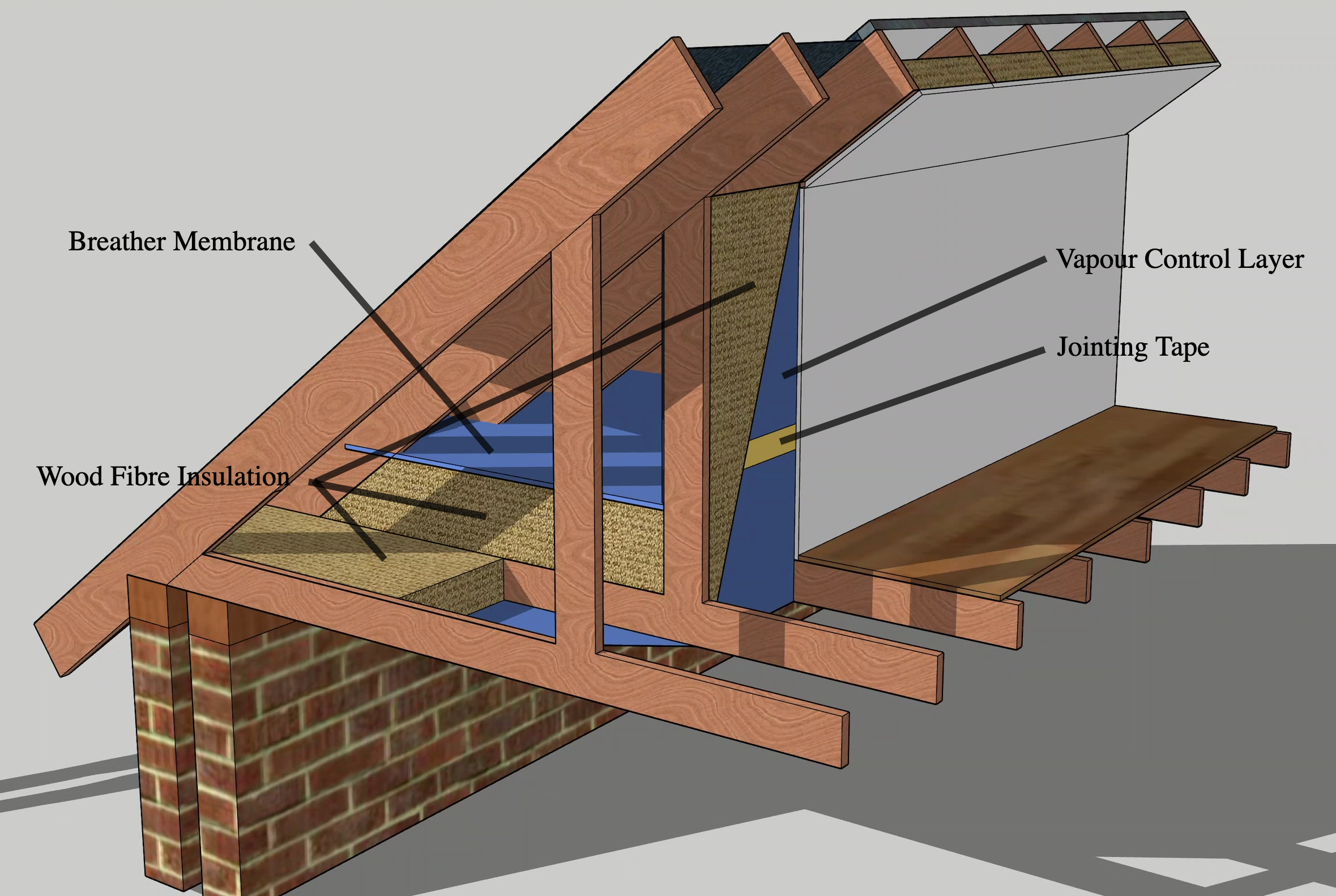
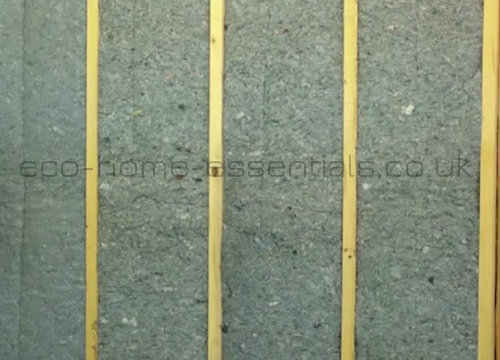







New! Comments
Have your say about what you just read! Leave me a comment in the box below.